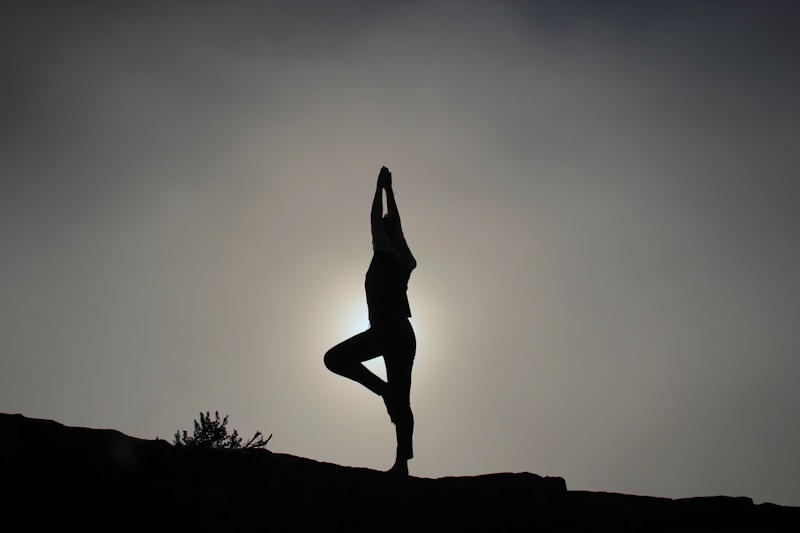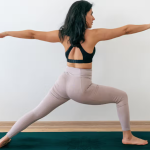In order to be a yoga teacher you need to start teaching yoga. That’s it. There are no legal requirements or regulations governing the yoga teaching world, but there are plenty of organisations out there purporting to be national, international and even global governing bodies.
What Exactly Are the Yoga Regulating Bodies?
Up until the late 20th century the 5,000 year old system of yoga gurus passing on their expertise to the next generation was the tried and tested system of yoga teacher training. However, in the 1960s and 70s yoga started to take off in the Western world, especially in the UK and the United States, and the number of yoga teachers and yoga schools proliferated at a huge rate.
Gradually a fear arose that without a standardisation of yoga teaching, the quality of yoga on offer varied wildly, not to mention the safety of the practice. The response around the world to this problem was to set up organisations that could control the global standards of yoga teaching. For example, in the UK, Wilfred Clark founded the British Wheel of Yoga in 1965, which by the 1970s was acting as an accrediting body and in 1995 was awarded National Governing Body status by the then Sports Council (now Sport England). However, this status carries no exclusive weight and is only relevant within the remit of Sport England.
In 1987 several national yoga governing bodies were merged to form the International Yoga Federation with the goal of setting worldwide yoga standards, with headquarters in France and Uruguay. This is still the largest yoga body in the world.
In the US, by the 1990s it was felt by many senior yogis that there should be national standards set in place for training yoga teachers in the States, so in May 1997 at a Yoga Journal conference, discussions began to set up a non-profit organisation to do just that. Two years later, the Yoga Alliance was founded.
See Also: Why The World Always Needs More Yoga Teachers
What is Yoga Alliance?
Set up in the United States in 1999, Yoga Alliance has gradually grown to become the world’s second largest registry of yoga teachers and yoga schools, with over 60,000 yoga teachers and around 4,000 yoga schools on their database. Their aim is to ‘promote and support the integrity and diversity of the teaching of yoga’, which in practice means that in order to register on their website as a yoga teacher you need to have completed certain criteria, traditionally give some proof that you had completed a minimum yoga teacher training of 200 hours at an accredited institution.
What does Yoga Alliance DO?
With the aim of bringing consistency to the yoga world, Yoga Alliance and its counterparts set minimum standards for teacher training programmes worldwide. Teaching programmes that meet their standard are then recognised as ‘Yoga Alliance Approved’ schools. Graduates of these schools can then apply to be registered as on the Yoga Alliance Registry as an RYT – Registered Yoga Teacher.
There are various levels of RYT that you can apply for:
- The basic one is RYT 200, which means that you have to have completed a 200 hour training programme with a Registered Yoga School. Note that if the school isn’t registered, you can’t apply to go on the Registry.
- Then there is RYT 500, which is fairly self-explanatory, with the additional requirement of having done 100 teaching hours.
- Then there are the E-RYT levels for experienced teachers, starting with a minimum of 1,000 hours of teaching experience and having taught for at least two years.
- There are also two specialty designations: RCYT and RPYT for children and pregnancy yoga teachers respectively.
Yoga Alliance does not itself provide any teacher training courses or certification. It is purely a listing of teachers and schools that meet their minimum requirements for teaching at a RYS (Registered Yoga School).
How Is It Different from Yoga Alliance UK?
To add another confusing name fact into the mix, the credentialing body known as Yoga Alliance UK has changed its name to Yoga Alliance Professionals. Yoga Alliance Professionals itself makes it very clear that it is not associated with ANY OTHER Yoga Alliance organisation.
The first difference is that unlike Yoga Alliance, Yoga Alliance Professionals accepts ALL yoga teacher graduates onto their registry, regardless of whether they’ve attended an approved training school or not, as long as the training matches up to their pre-decided standards.
Secondly, Yoga Alliance Professionals registers yoga teachers differently from the RYT system. A 200 hour course remains the minimum to qualify as a registered yoga teacher but now all first time yoga courses will be considered as Foundation Courses – and graduates will be known as associate Level 1 members. Level 2 membership is based on a 1000 hours of combined teaching and training and so on.
Another difference is that from last year, they also register yoga schools differently. These will now be known as Approved Training Providers and require that a Senior Yoga Teacher (with a minimum of 8 years teaching experience) delivers at least 70% of the course, as opposed to 33% at a Yoga Alliance approved school. However, the number of teachers and schools on their registry is far less than Yoga Alliance (US), with only around 6,000 teachers and schools in their directory.
What’s the Difference Between Qualified and Certified?
When you graduate from your yoga teacher training course, you are a ‘qualified’ yoga teacher. As we mentioned, there are no official yoga qualifications, but certainly plenty of well-respected, high-quality courses that will give you a solid foundation and give prospective students peace of mind.
Due to this lack of official yoga qualifications, the yoga world itself has formed itself into a host of federations, alliances and wheels in order to ensure that the teaching of yoga is not ‘watered down’ and to ensure that those looking to do teacher training can choose courses that are run to a high standard as judged by curriculum, faculty and teacher training workload.
These governing bodies have come up with a suitable vocabulary to convey this overview:
- Yoga Alliance International (based in Australia) has a list of accredited teachers and schools.
- Yoga Alliance Professionals has a directory of registered teachers.
- Yoga Alliance calls itself a national credentialing organisation.
All of them will put your details on their listings with the potential to attract new students to your classes or training courses. Some, but not all, offer teaching insurance to its members, discounts on yoga equipment, opportunities to networking, information on training courses and workshops and newsletters or magazines.
To Join or Not to Join?
There are many schools of thought on whether it’s a good idea to become Yoga Alliance accredited yoga teacher. Some within the yoga world feel that most students will rarely know or care whether you are registered with any of the governing bodies or not. Conversely, the yoga world is growing hugely, and without some way of keeping a check on the standards of yoga being taught the reputation and good name of yoga itself may well be in danger of being tarnished.













